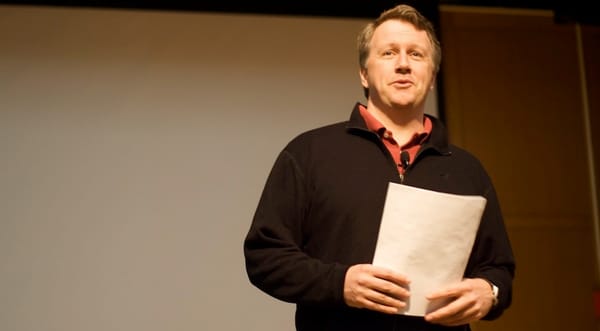A brief Introduction to Electromagnetism

Electromagnetism is a branch of physics which majors on the study of electromagnetic forces that propagates between electrically charged particles.
It is simply a physical interaction between electricity and magnetism. This is illustrated by when a charging magnetic field ejects an electric field while a charging electric field exhibits a magnetic field.
Electromagnetism is among the four fundamental interactions or forces in nature. The rest of them include the weak interactions, strong forces, and gravity.
People see both electricity and magnetism as so much different but they are very much related to each other. Both electricity and magnetism are the two different representation electromagnetism. We use electromagnetic force in determining the internal components and structures of variety of objects we come across in our day to day lives.
An Inter-Molecular Force
Due to exposure to the electromagnetic force all objects takes their form due to the inter-molecular forces existing between an atom and molecule in matter. Electrons are bonded together by the electromagnetic force to an atomic nuclei, and their orbital shapes and their influence on nearby atoms with their electrons is described by quantum mechanics. The electromagnetic force controls all chemical processes, which comes as a result of interactivity between the electrons of nearby atoms.
There are different scientists who were really into electromagnetism, coming up with laws, thesis and new inventions.
James Clerk Maxwell
James Clerk Maxwell’s, published a script, A Treatise on Electricity and Magnetism, which explains that electricity and magnetism are same force whereby negative and positive charges are propagated by that one force. An example is a simple electromagnet, made of a wire, a battery and a nail whereby electric current inside the wire creates a corresponding circumferential magnetic field outside the wire. Its direction (clockwise or counter-clockwise) depends on the direction of the current in the wire. The source of the electric current is the battery.
Hans Christian
The CGS unit of magnetic induction is after a discovery made by Hans Christian Ørsted during an evening lecture when he observed that whenever he switched on and off a battery he was using, there was some deflection from magnetic north in the compass needle. This deflections Suggested that magnetic fields were emitted from all sides of a wire carrying an electric current the same manner light and heat radiations do. This yielded to a conclusion that there existed a direct relationship between electricity and magnetism.



